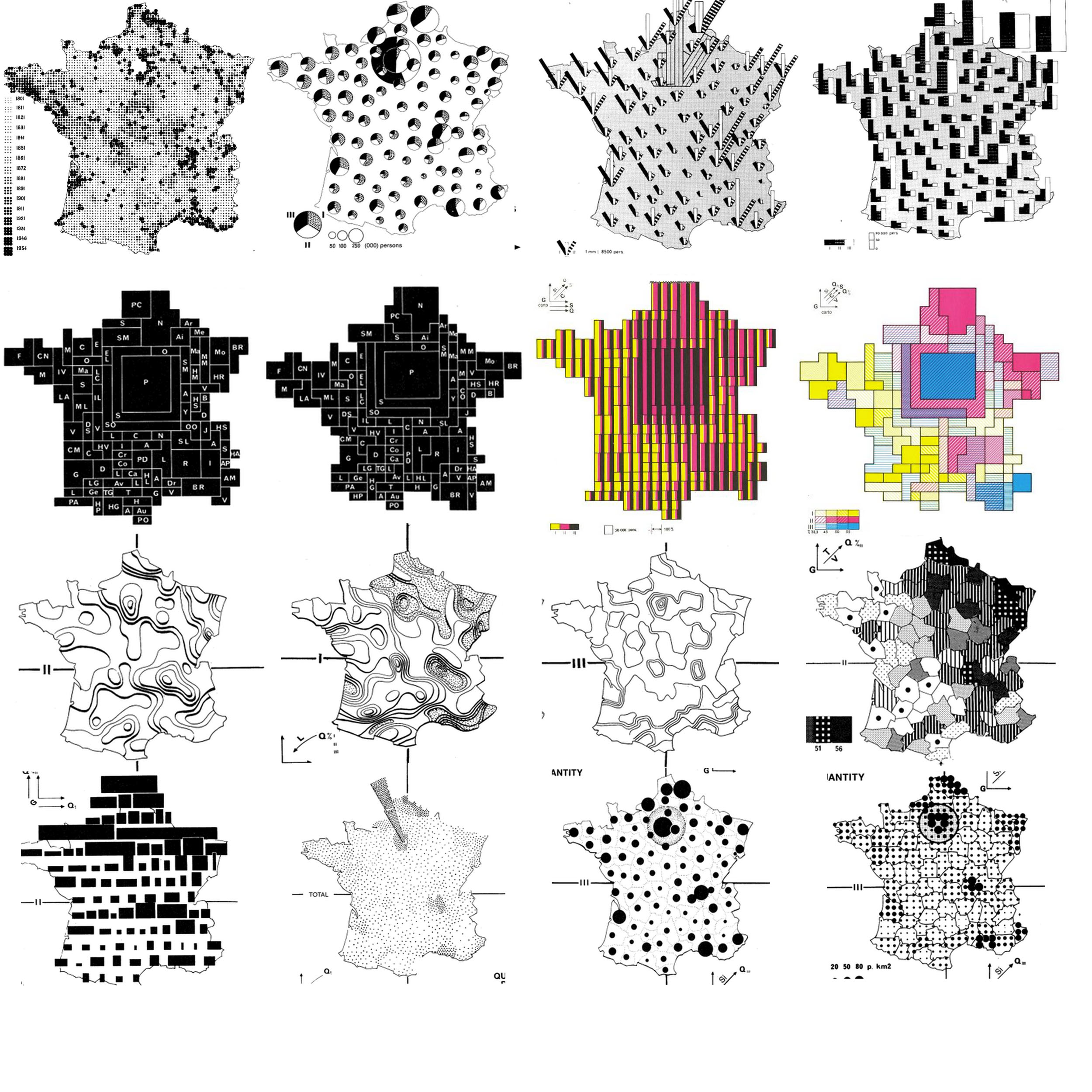
Sesión 24 de Junio, Estudios sobre la imagen








Algunas de las preguntas planteadas en el seminario giraron en torno a las siguientes ideas:
¿De qué modo Pierce efectivamente está aclarando la novedad y la creatividad, especificamente el tránsito de la primeridad a la segundidad? Es decir, cómo y porqué se haría necesario agregar o ir más allá de la representación inicial.
¿Cómo distinguir el error y la creatividad en un sistema de representación?
¿Qué diferencias habría entre la creatividad a la Pierce y la heurística que se usa en matemáticas por ejemplo?
¿Qué relación hay entre la teoría de verdad de Pierce, y el continuo re-interpretación de los signos? ¿Cómo distinguir entre la verdad o falsedad de un proceso creativo e interpretativo?

Estimados compañeros,
Los artículos a discutir en nuestra próxima sesión serán presentados por el Dr. Diego Méndez, is son:
Gärdenfors, P.; Zenker, F. (2013) “Theory change as dimensional change: conceptual spaces applied to the dynamics of empirical theories”, Synthese 190: 1039—1058.Gärdenfors, P.; Zenker, F. (2011) “Using Conceptual Spaces to Model the Dynamics of Empirical Theories” en Olsson, E. J.; Enqvist, S. (eds.) Belief Revision meets Philosophy of Science. Dordrecht: Springer, pp. 137 – 154.
Los esperamos como siemre, a las 3:30.
Saludos,
Mariana
 Compañeros,
Compañeros,
Nuestra próxima sesión del seminario REMO se realizará el viernes 29 de mayo a las 15:30h.
Rodrigo Ramírez R. expondrá el siguiente texto:
Los esperamos!
Compañeros,
En nuestra próxima sesión del 17 de abril, Melina Gastelum nos presentará el texto “Cognitive Penetration and Nonconceptual Content” – de Fiona Macpherson (University of Glasgow). Mismo horario: 15:30 a 17:30
Aquí el resumen del texto:
This paper seeks to establish whether the cognitive penetration of experience is compatible with experience having nonconceptual content. Cognitive penetration occurs when oneʼs beliefs or desires affect oneʼs perceptual experience, at least in certain ways that I make precise in the paper. I examine two different models of cognitive penetration and four different accounts of the distinction between conceptual and nonconceptual content. I argue that whether cognitive penetration and nonconceptual content are compatible is sensitive to the model of cognitive penetration that one is considering and the account of nonconceptual content that one has in mind. I argue that one model of cognitive penetration—“classic” cognitive penetration—is compatible with only one of the accounts of nonconceptual content that I identify. I then consider the other model of cognitive penetration—cognitive penetration “lite”. I provide reasons to think that this is compatible with three accounts of nonconceptual content. Moreover, I argue that the account of nonconceptual content that it is not compatible with is a spurious notion of nonconceptual content that ought to be abandoned. Thus, I claim that cognitive penetration lite is compatible with all reasonable specifications of nonconceptual content.
Los esperamos!
Estimados Seminaristas,
En nuestra próxima sesión discutiremos el texto de James R. Griesmer del Departmento de Filosofía de la Universidad de California Davis. La presentación estará a cargo del Dr. Diego Méndez. Los esperamos!
Resumen:
Accounts of the relation between theories and models in biology concentrate on mathematical models. In this paper I consider the dual role of models as representations of natural systems and as a material basis for theorizing. In order to explicate the dual role, I develop the concept of a remnant model, a material entity made from parts of the natural system(s) under study. I present a case study of an important but neglected naturalist, Joseph Grinnell, to illustrate the extent to which mundane practices in a museum setting constitute theorizing. I speculate that historical and sociological analyses of institutions can play a specific role in the philosophical analysis of model-building strategies.